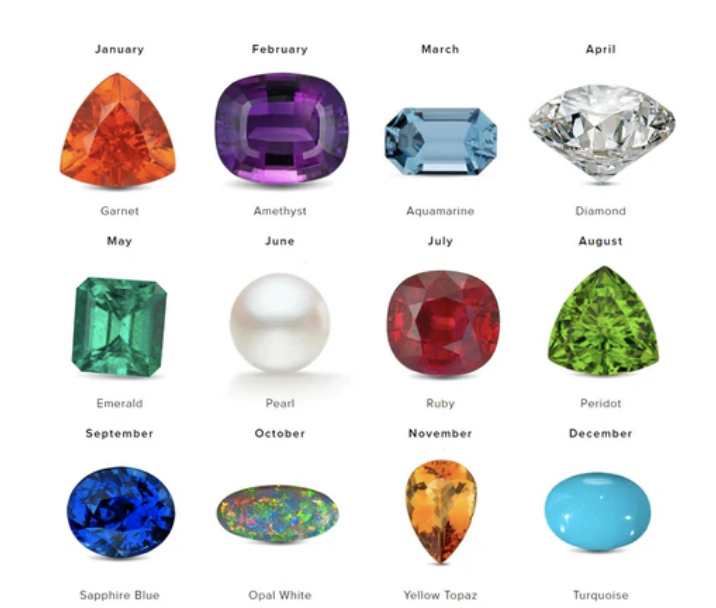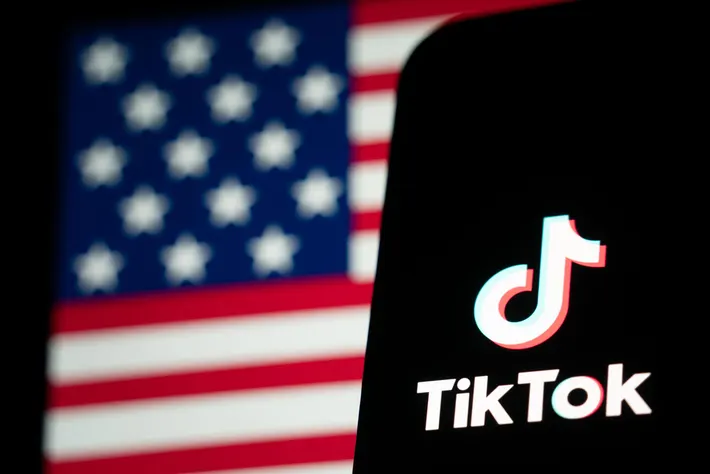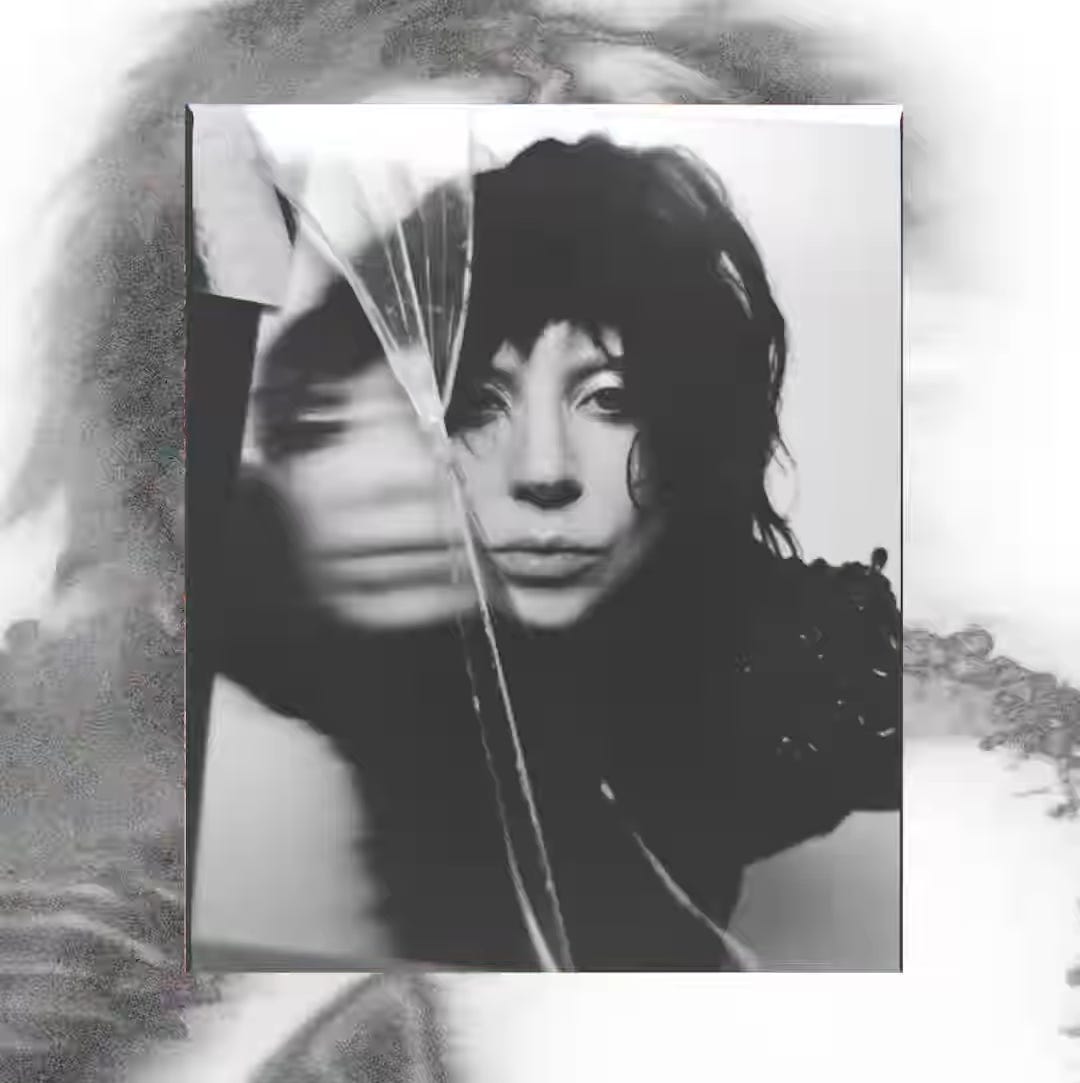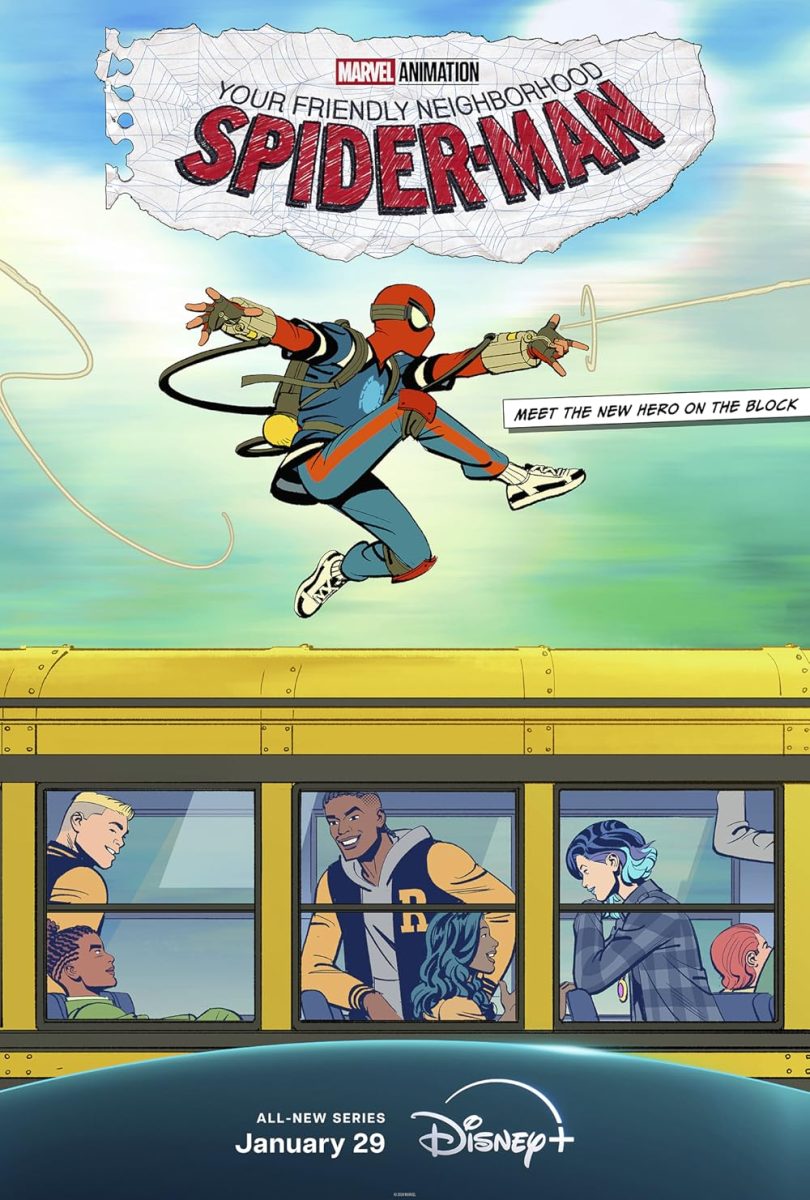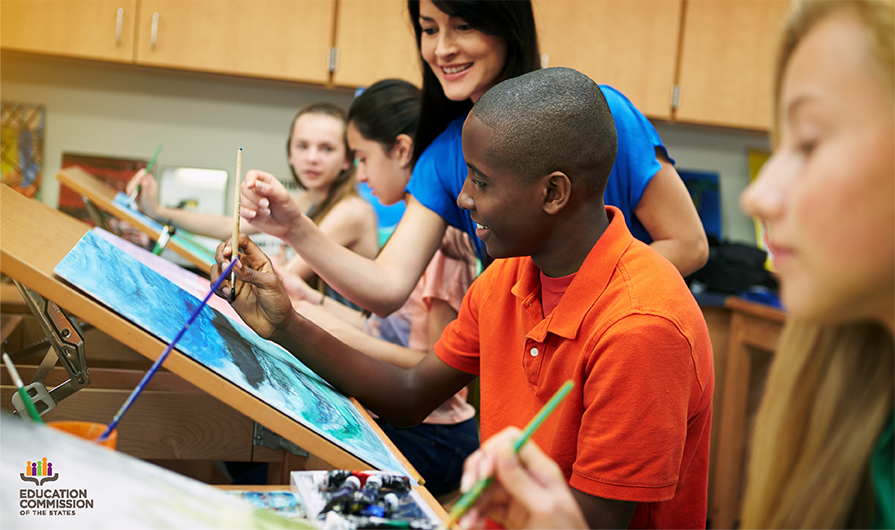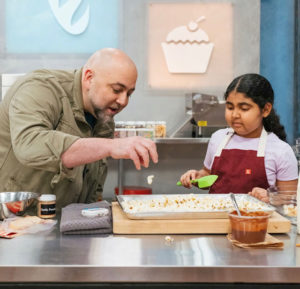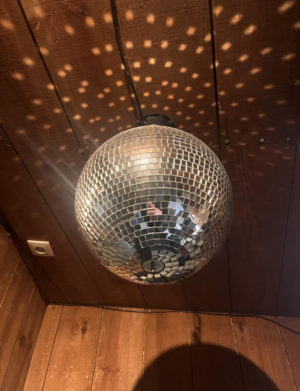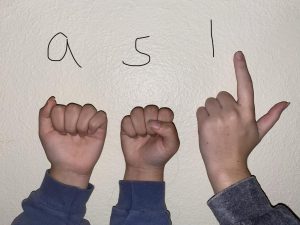Speak Like an Irishman
March 20, 2016
As St. Patrick’s Day unfolded, some of my theater friends and I drove our less demonstrative friends crazy with our constant attempts at speaking with an Irish accent. With varying degrees of success, we spouted overly-used, stereotypical phrases like “may the luck of the Irish be with you” and “they’re after me lucky charms,” attempting to mimic the pronunciation and cadence that is so distinctly Irish. Did you know that actors can actually study the International Phonetic Alphabet (IPA)? This method breaks down different dialects focusing on, among other things, techniques like tongue placement, breathy-ness, and vowel pronunciation.
Mastering this method is not easy task, and the Irish accent can be particularly troubling. Even seasoned actors like Sean Connery fail to capture an authentic Irish. Although Connery may have been hindered by his natural Scottish burr, his attempt at playing an Irish cop in the Untouchables fell somewhat short in terms of dialect, although not so short as to deny him an Academy Award for his acting. Likewise, both Nicole Kidman and Tom Cruise struggled with the dialect in Far and Away, and they didn’t have Conner’s excuse of having to overcome a strong dialect of their own.
With all of that said, lets dive into how to break down this dialect:
1) Make it breathy and vary your pitch
The Irish are famous for their cadence, so make sure to make your voice go up and down in terms of pitch, as if it was on a roller coaster. Also you will need more air than normal when you talk.
2) ӕ —-> a
Take the a sound from can, and replace it with the a sound from father.
Try it with these words: can’t, hand, plant, camera
3) aI –àʌI
Take the I sound from try, and replace it with “uh-ee”.
Sample: find, bicycle, tire, like, kind
These three changes are the most important changes to be made in order to speak with an Irish dialect. Practice by listening to other speakers, or just try and talk like the Lucky Charms guy! Best o’ luck to ya!





